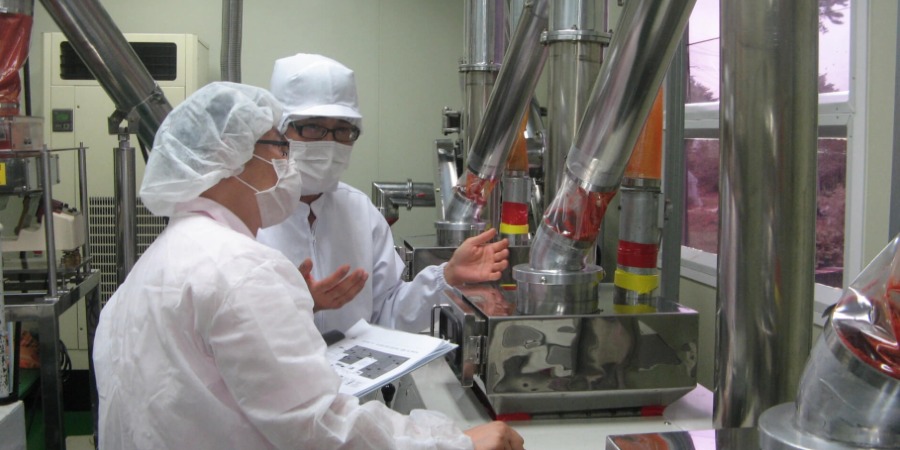Safety in Food and beverages industry

One of the true modern marvels of 21st century has to be the technology of food preservation and processing. It has not only enabled a year round supply of both essential and exotic food, food products and beverages – but has also contributed towards raising the stakes, when it comes to survival in harsh conditions.
Ready to eat food packets that are cooked under aseptic conditions, then sealed in proprietary packing under sterile environment and then gamma sterilized can last for at least a year. This allows us to provide canteen to frontline troops, allow mountaineering expeditions and even serve proper hot meals under the dark depths below seas and oceans.
However, in the same instance, human fatalities due to contaminated food, beverages and edible consumables remains a huge cause of concern. Whether it was the O157:H7 E. Coli on Romaine lettuce, improperly cooked sea food toxicity or the notorious food and water borne pathogens that can wreak havoc, if not treated seriously.
Food and beverage industries have to constantly monitor not only the ingredients and raw materials which make up their products – they also have to pay attention to their workforce; best-in-class hygiene and standards are a norm for any GMP prescribing plant.
The layers of sophistication and complex human, raw material and mechanized asset interaction is what makes food and beverages industry a testament to cutting-edge pioneering methods in modern manufacturing.
The journey of a glass of mango juice starts from fruit picking, maturation, transport, followed by sorting on arrival inside the fruit processing and pulping plant. Trained workers then carefully remove the pulp, and a giant vat of fruit pulp, water, preservatives and stabilisers (roughly put) then leads to some of the most sophisticated machinery that operates in aseptic conditions to bring you the little Tetra Pak with straws on the side.
Milk undergoes pasteurization or now the newly devised Ultra High Temperature processing (UHT) to bring to you one of the most consumed dairy products.
Now imagine the supermarket aisles and the thousands of edible products that you see around. All of these, which bear a national food safety logo (FSSAI for India) need to follow safety protocols. Protocols that make their products safe for human consumption and of assured high-quality standards.
Animation movies can turnaround lax consumer behaviour via evidence-based movies that hit the spot. Similarly, protocols can be easily adopted into animation-based SOPs and trainings. The communication and recall offered is unparallel and improves the chances of both your employees and consumers to act in a conscientious manner.
The frontline workforce in food and beverages industry requires specialised trainings. They also spend time with biological material which often makes them susceptible to any pathogens that dwell on these raw materials. For instance, raw meat processing must ensure that the workers are not exposed to the biological fluids and any pathogens by wearing proper PPEs all the time. Similarly, as they have to work under low temperatures (post animal processing), a certain amount of time is allocated to each worker in insulated clothing.
In the same manner, processed food consumption comes with a lot of advice which consumers ought to follow. Like, do not purchase puffed or leaky Tetra Pak products. Always ensure that the sealed items do not have damage or are tampered with. But as is the case with most things, the alarming nature of neglect dominates our consumer behaviour. Similar instances of lapses in GMP can occur due to untrained worker inside the food processing plant.
Animation movies are easy to grasp, multilingual and offer a training embedded within their modules which can then be suitably assessed – via kiosk-based delivery. In current times of COVID-19 when social distancing is important, both workforce and consumers can be trained and made aware about the food safety aspects respectively.



There should be safety in every industry, a nice article about safety in food and beverages industry
It is very informative & useful article for Food Safety. Thank you for sharing.